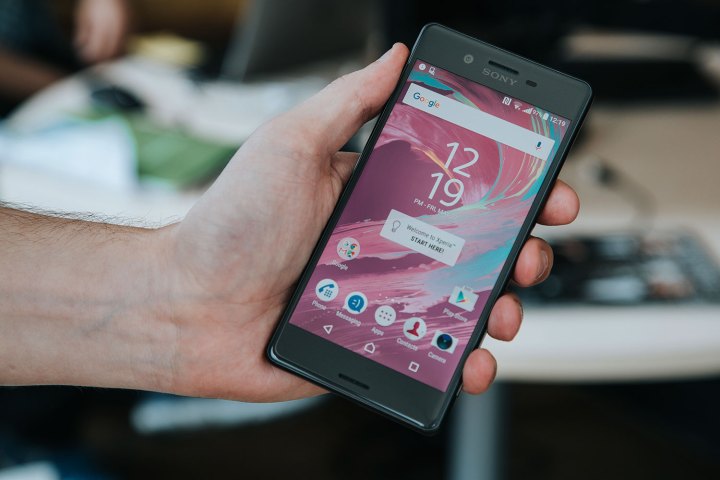
According to the slides Sony reportedly showed investors, the reason for the defocus is the lack of phone growth for India, China, Brazil, and Indonesia, with only an expected 0.3 percent growth for the four countries. This compares unfavorably to 2015’s estimate of 8.1 percent growth.
Even though this could be used to fuel the belief that phone growth is set to taper off sooner than later, keep in mind that these estimates are for Sony-branded phones. In other words, it is interest in Sony phones, more specifically, that might be flatlining.
As a result of the estimates, Sony’s mobile division will focus on East Asia, Europe, and the Middle East, with East Asia including the company’s home country of Japan. Alas, this means that Sony will shift its focus from the U.S., India, China, and Brazil. Furthermore, Sony will “preserve” its businesses in Latin America and other Asia Pacific regions.
As far as the U.S. is concerned, Sony’s phones have had a very difficult time gaining traction, though much of that is the company’s own doing. For instance, Sony has failed to strike strong partnerships with U.S. carriers, which certainly does not help when you sell your phones for upwards of $600 unlocked.
In addition, Sony does not market its phones in the U.S., which, in turn, has failed to create any awareness about them. Finally, and on a smaller note, Sony has gotten in the habit of removing features, such as the fingerprint sensor on the international Xperia Z5, when selling its phones in the country.
At this point, it seems like somewhat of a lost cause to pour resources into a region that values phones like the Samsung Galaxy S7, Apple iPhone 6S, and even the OnePlus 3 much more. With Sony’s investor day, it seems like the company finally got that memo.
Editors' Recommendations
- Sony’s new Android phone just leaked, and it sounds mighty interesting
- Sony’s new Xperia 1 IV comes with a crazy moving zoom lens
- Sony Xperia 5 III is a $1,000 flagship in 2022 with hardware from 2021
- Sony State of Play: Ratchet & Clank and surprise Among Us console release
- The Sony Xperia 1 III has a 4K display and a variable telephoto camera


